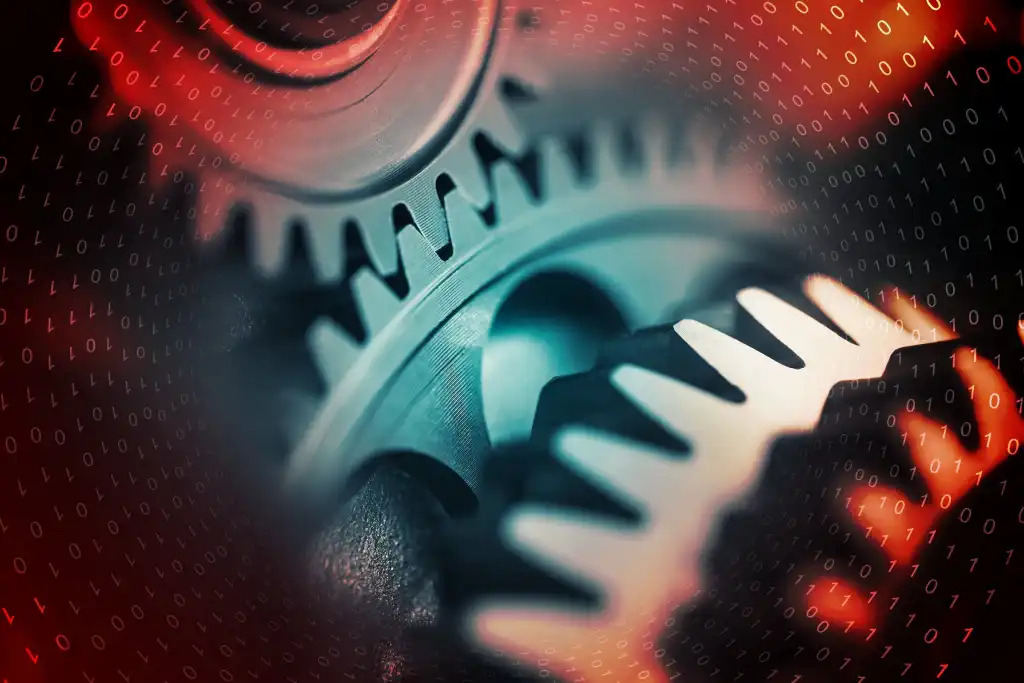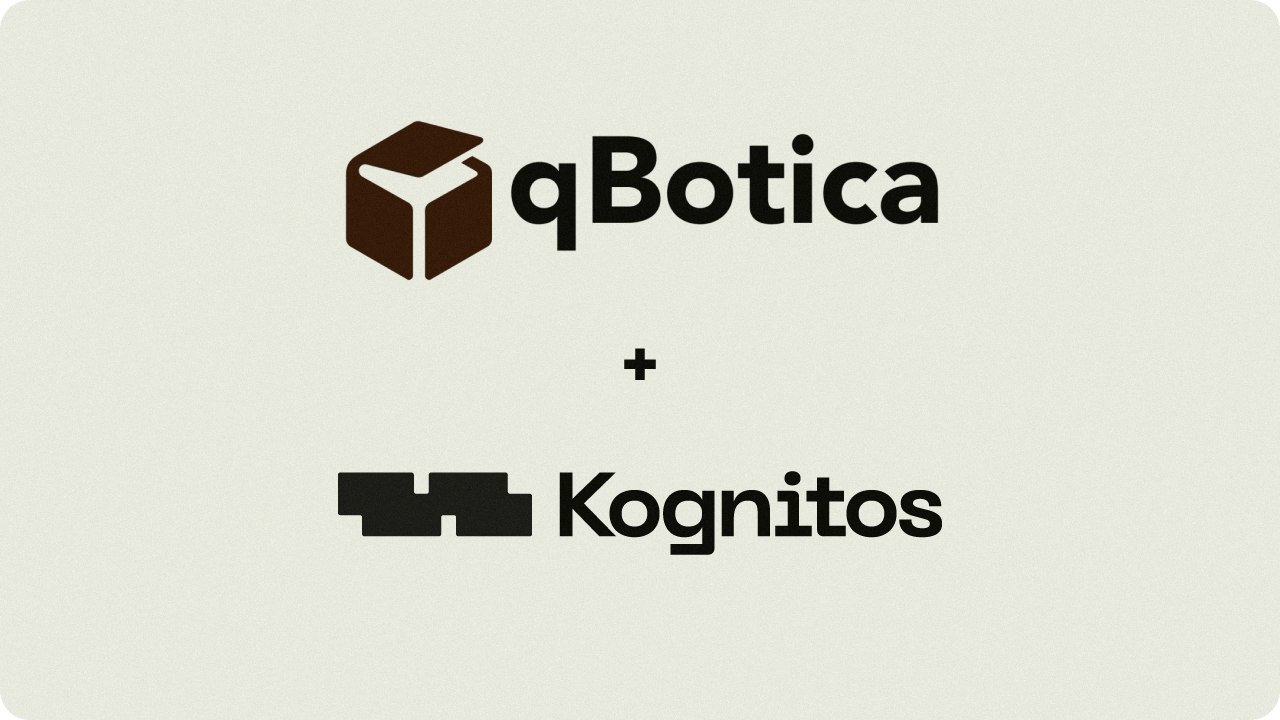
Chris Richner signed on as CIO of Norco Industries with a clear mission: To guide the US-based manufacturer through wholesale digital transformation.
“I was brought on board to be a change agent,” says Richner, who is now 18 months into the job. “The first order of business was to get my infrastructure shored up, because the end goal in my five-year plan is to bring digitalization to the shop floor.”
Norco manufactures a range of recreation vehicle (RV), industrial, and automotive products under seven brands, including Adnik (seating systems), Bal RV (RV components), Norco Professional Lifting Equipment (floor jacks, clutch jacks, transmission jacks), Flo-Dynamics (fluid maintenance equipment), Nortool (machining and tooling equipment), Norcoat (e-coat and powder coat finishing), and Freedom Industrial Hydraulics (industrial lifting equipment).
The manufacturing industry is undergoing seismic change due to increased digitization and other IT advancements, and CIOs are at the center of this, with 86% of manufacturing IT leaders saying their role is becoming more digital and innovation focused, and 84% agreeing that the CIO is becoming a changemaker, according to the 2023 State of the CIO survey.
At Norco, Richner is stepping up with an aggressive plan to transform the company’s technology infrastructure within his first five years. But embracing new technology wholesale is a tall order. So Richner hit the ground running with a plan to use robotic process automation (RPA) to free the company’s staff from time-consuming, repetitive tasks, giving them the bandwidth to embrace broader change.
RPA uses technology, business logic, and structured inputs to automate business processes. Richner sat down with Norco Industries CEO Michael Tallman to discuss how the company could leverage RPA and to determine possible use cases to prove its utility. Together they decided the finance department was the perfect choice.
Proving the pilot
Richner’s team worked with finance to identify workflows that could most benefit from the technology, and then took those workflows to generative AI company Kognitos to help create automation plans. They decided to use RPA to power the entire accounts receivable and accounts payable (AR/AP) process, including billing and invoicing.
“We have a lot of repetitive tasks, things that are error prone,” Richner says. “No one wants to do those tasks. They don’t want to scan documents all day.”
The resulting automation enabled Norco to save 10-15 hours of employee time per week, eliminate 15-20 hours of billing tasks per week, and remove 30 hours of invoicing tasks per week, while reducing human error and hiring needs. Even nontechnical employees were able to use the Kognitos platform to check processes and verify the automations were working correctly, Richner says.
Here, the platform’s ability to use natural language has been beneficial, Richner notes.
“The philosophy in RPA has been we need to teach humans how to talk to machines,” says Binny Gill, founder and CEO of Kognitos. “That is not scaling well because it’s a hard thing for most of us to think like a machine. It’s alien.”
Human brains, Gill notes, are expert at handling ambiguity, whereas machines struggle with it. Like ChatGPT and other generative AI, Kognitos relies on conversational exception handling, reaching out to human users and asking for clarification and additional information where necessary.
Envisioning RPA possibilities
With the experience of building the finance automation under their belts, Richner and Tallman decided to expand the effort, bringing in Norco’s two division presidents and the director of human resources for an envisioning workshop on RPA.
“We came up with a total of 16 different workflows that we could leverage and some of them are fairly significant — major impact,” Richner says. “Generating a bill of materials is a big one, because there’s a lot involved in how we generate them off design specs.”
One of the things that sets Norco apart from many of its competitors is that it engineers on request. A customer might want to change the design of the RV that sits on top of a Norco frame, making it wider, for example. That customer would submit those changes to Norco, who would then engineer to the new specs and come back to the customer with a design and price quote.
Today, Richner explains, that’s a highly manual process involving somewhere between 12 to 15 steps, three or four employees, and lots of back and forth. RPA could allow Norco to automate the entire process. Customers could make changes to their designs in real-time in a customer portal. RPA could then generate the bill of materials from those design specs, generate a master table from the bill of materials, feed that master table into solid modeling CAD engineering application SolidWorks, and render the design in real-time. The system could then present the new design back to the customer in the portal with a price quote.
“That’s a game-changer right there,” Richner says.
There are other plans too. For instance, Norco’s human resources department is active in monitoring social media.
“What if I had an AI engine that could go do that for me? We don’t want it to do an automated response because we want the response to come from us, but at least it’s finding it for us,” Richner says.
Onboarding and offboarding employees, processing checks, and handling chargebacks from freight are all additional opportunities.
“We’re at the very beginning and have a long way to go,” Richner says. “The next step is getting APIs and AI wrapped together and doing some off the charts stuff.”
To his peers getting started with RPA, Richner says, “Don’t be scared. Spend the time to understand it.” You don’t have to be an expert, he says, but learn the basic concepts, find a good partner, and go through an envisioning process with your stakeholders.
“They’ve got to buy into it as well,” he says. “If you start there, it’ll happen. And once it starts to happen, it just snowballs and gets bigger and bigger.”








